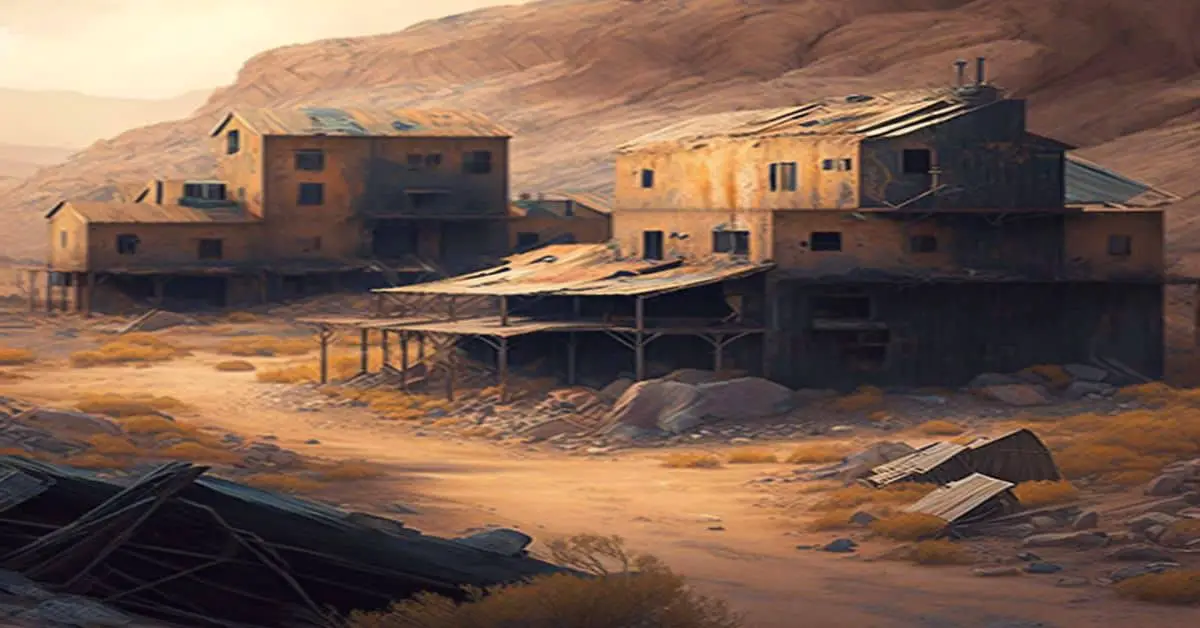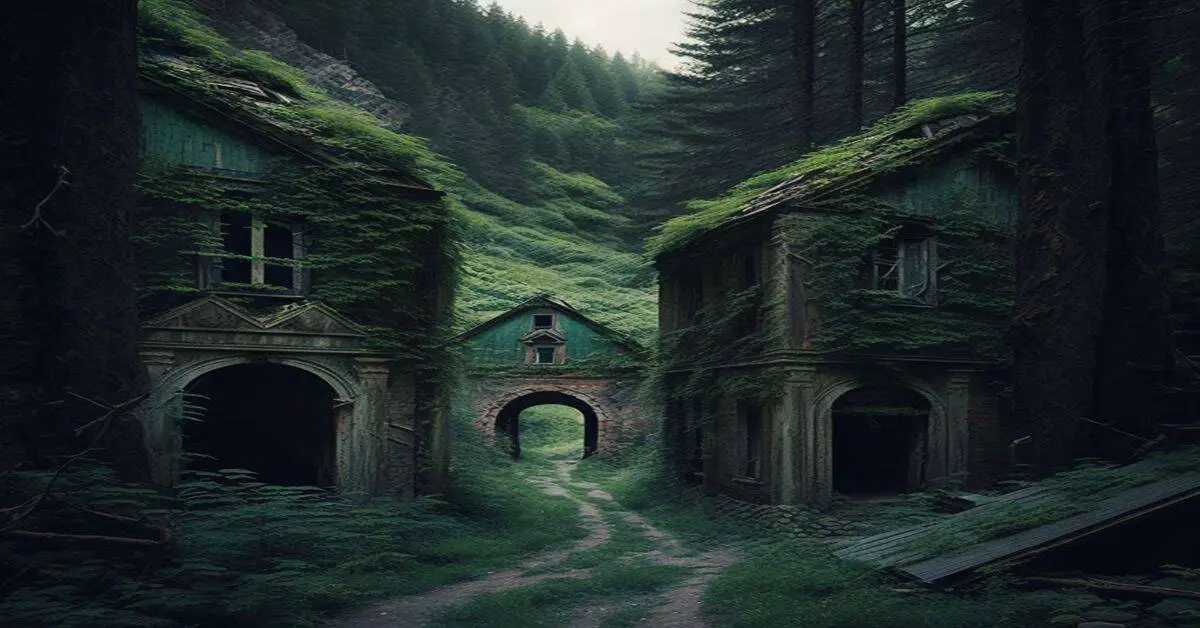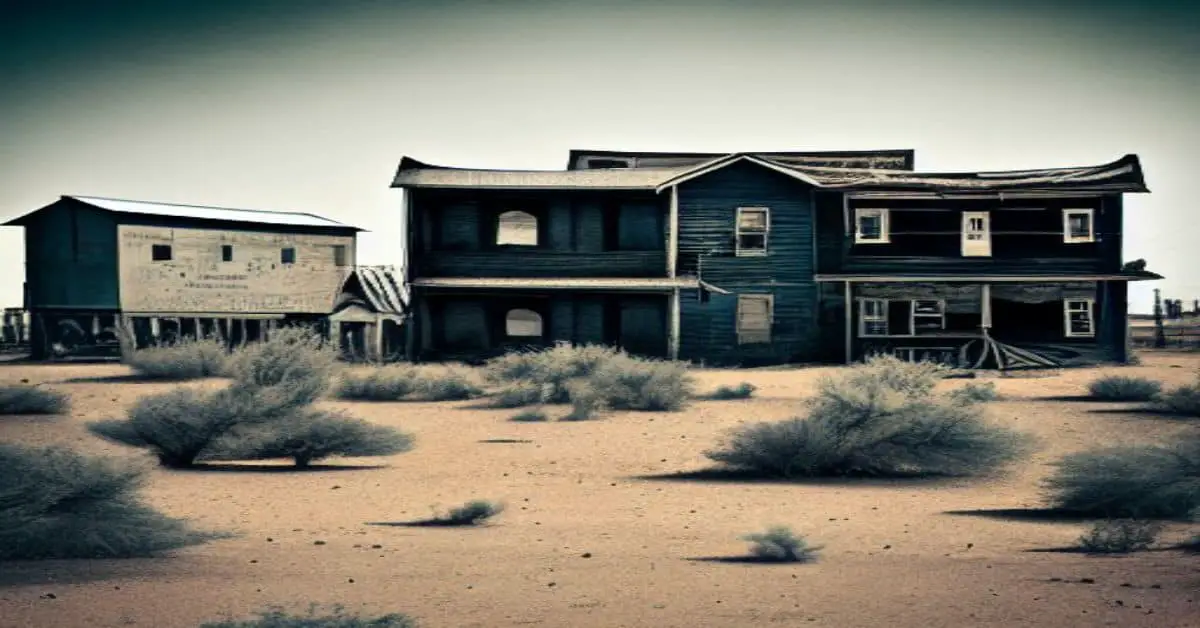Galena City, also known as Capital City, was a once-thriving town in Colorado that was founded in 1877. The town was located in Hinsdale County near Lake City and covered a 200-acre townsite. It was believed to have the potential to surpass Denver as Colorado’s capital, but its population never exceeded 800 people.
Despite this, the town significantly impacted the area and remains an important part of Colorado’s history. George T. Lee, a resident of Galena City, was instrumental in leading the movement to change the town’s name. He built an impressive brick house and was involved in everything that went on in the town.
While Galena City was never made the county seat, Lee and other residents left their mark on the town. Today, Galena City is a ghost town, but a few original buildings remain. Visiting Galena City is a must-see for those interested in exploring Colorado’s forgotten history.
In this article, we’ll look closer at the history of Galena City, its population and buildings, and its eventual decline and remains.
Key Takeaways
- Galena City was a once-thriving town in Colorado founded in 1877, covering a 200-acre townsite near Lake City in Hinsdale County.
- Despite efforts to make Galena City the capital of Colorado, it never gained prominence, and today it is a ghost town with a few original buildings remaining.
- The town’s architectural styles ranged from Victorian to modern, and it experienced a gradual decline that led to its abandonment.
- Preservation efforts have been made to maintain the remaining buildings, and visitors can explore the few original buildings that remain, including George T. Lee’s brick house.
History and Founding
The history and founding of Galena City, a Colorado ghost town, can be traced back to 1877 when George T. Lee believed that the town had the potential to surpass Denver as the capital of Colorado. Lee built an impressive brick house and led the movement to change the name from Capital City to Galena City, as evidenced by available pictures. However, the town was never made the county seat, and its population never exceeded 800 people.
Lake City played an important role in the founding of Galena City. The town was located near Lake City, a popular mining town in Colorado, and many of Galena City’s early residents were miners. Despite Lee’s efforts to make Galena City the capital of Colorado, the town never gained the prominence he envisioned, and it was pretty much dead by the late 1890s, although some activity continued into the 1900s.
Population and Buildings
With a maximum population of 800 and buildings covering the 200-acre townsite, Capital City/Galena City was a small but bustling community in its heyday. The town saw a gradual increase in population growth, driven mainly by mining activities in the nearby area.
As the town flourished, so did its architectural styles, with buildings ranging from simple wooden structures to more elaborate brick and stone buildings. Despite the town’s small size, it boasted diverse buildings, including hotels, saloons, general stores, and even a school.
The town’s architectural styles also reflected the changing times and tastes, with buildings ranging from the Victorian era to the more modern styles of the late 1800s. Though the town was never made the county seat, it remained an important hub for trade and commerce until its eventual decline in the late 1890s.
Today, the remains of a few original buildings stand as a testament to the town’s once-thriving community.
Decline and Remains
Following the town’s peak in the late 1800s, Capital City/Galena City experienced a gradual decline that eventually led to its abandonment, leaving behind only a few remaining structures as a reminder of its past.
The town was mostly deserted by the late 1890s, with some activity continuing into the 1900s.
Despite the decline, the remaining structures in Galena City offer a glimpse into the past and provide opportunities for discovering artifacts.
Preservation efforts have been made to maintain the remaining buildings in Galena City.
The Hinsdale County Historical Society has taken an interest in preserving the town’s history and has worked to restore some of the structures.
Visitors can explore the few original buildings that remain, including George T. Lee’s impressive brick house that he built during his time in Galena City.
While the town may be forgotten, its efforts to preserve its history ensure its memory will live on.
Frequently Asked Questions
Who were some notable residents of Galena City besides George T. Lee?
Notable residents of Galena City beyond George T. Lee are not well-documented. However, the town’s historical significance lies in its failed attempt to become the capital of Colorado. Other stories are limited due to the town’s short existence and small population.
What was the primary industry or source of income for the town’s residents?
The primary industry for Galena City’s residents remains unclear, but the town’s economy was likely based on mining and agriculture. Job opportunities were limited, and daily life was tough due to the harsh climate and remote location.
Were there any major events or incidents that occurred in Galena City during its existence?
There is no record of any major events or incidents that occurred during Galena City’s existence. However, the town’s population and economic activity decline was likely influenced by natural disasters, conflicts, and epidemics. The potential for tourism and challenges for restoration remain.
What is the current state of preservation for the remaining buildings and structures in the town?
The remaining buildings in Galena City are in a state of decay, with some structures collapsing. Preservation efforts have been limited, despite the town’s historical significance as a once-thriving community that was thought to surpass Denver.
Are there any unique or unusual features of Galena City that set it apart from other Colorado ghost towns?
Galena City’s historical significance includes its founder’s dream of surpassing Denver as Colorado’s capital. Unique attractions include George T. Lee’s impressive brick house and his involvement in all aspects of the town’s life.


